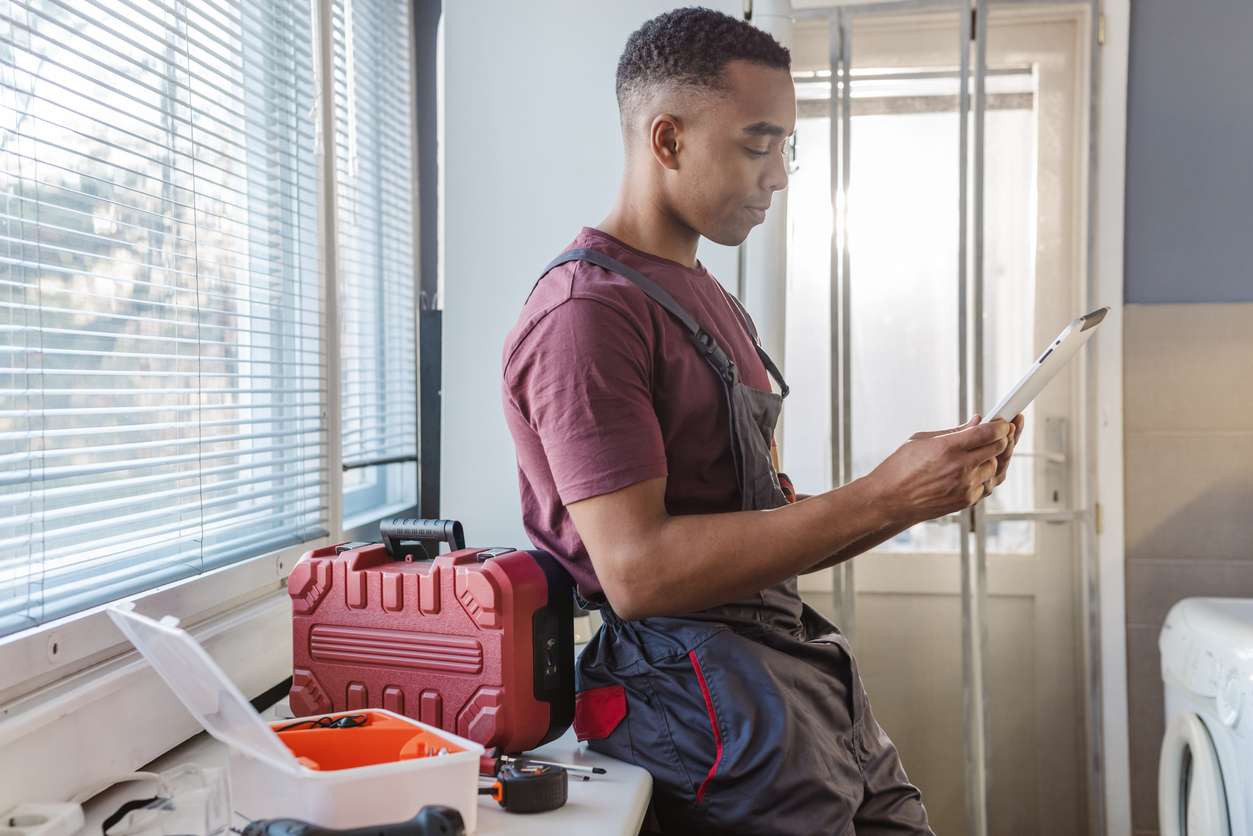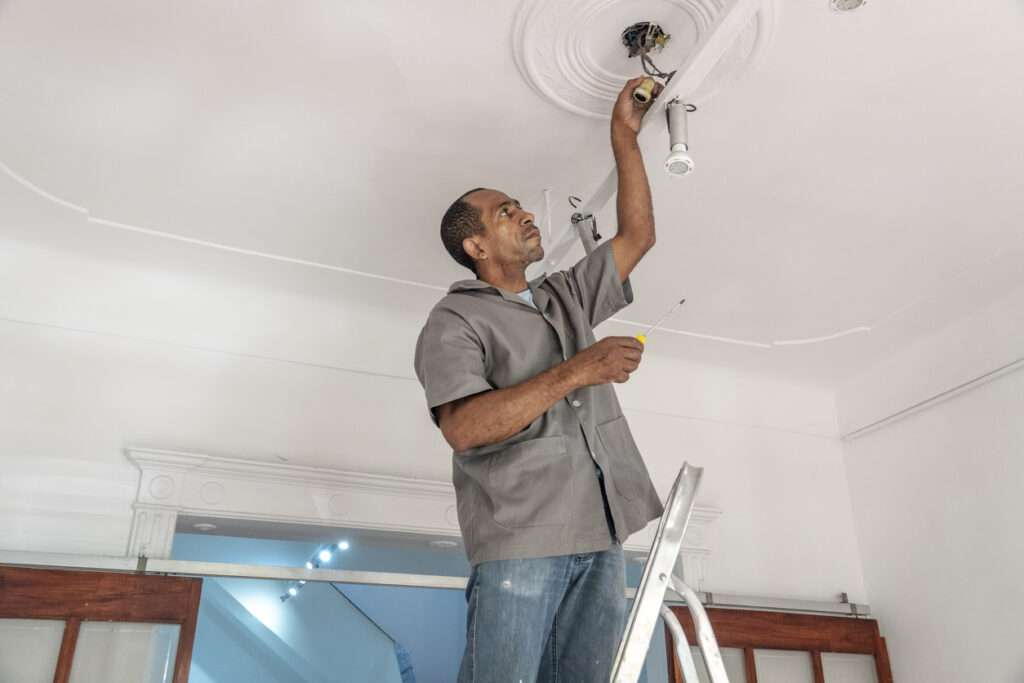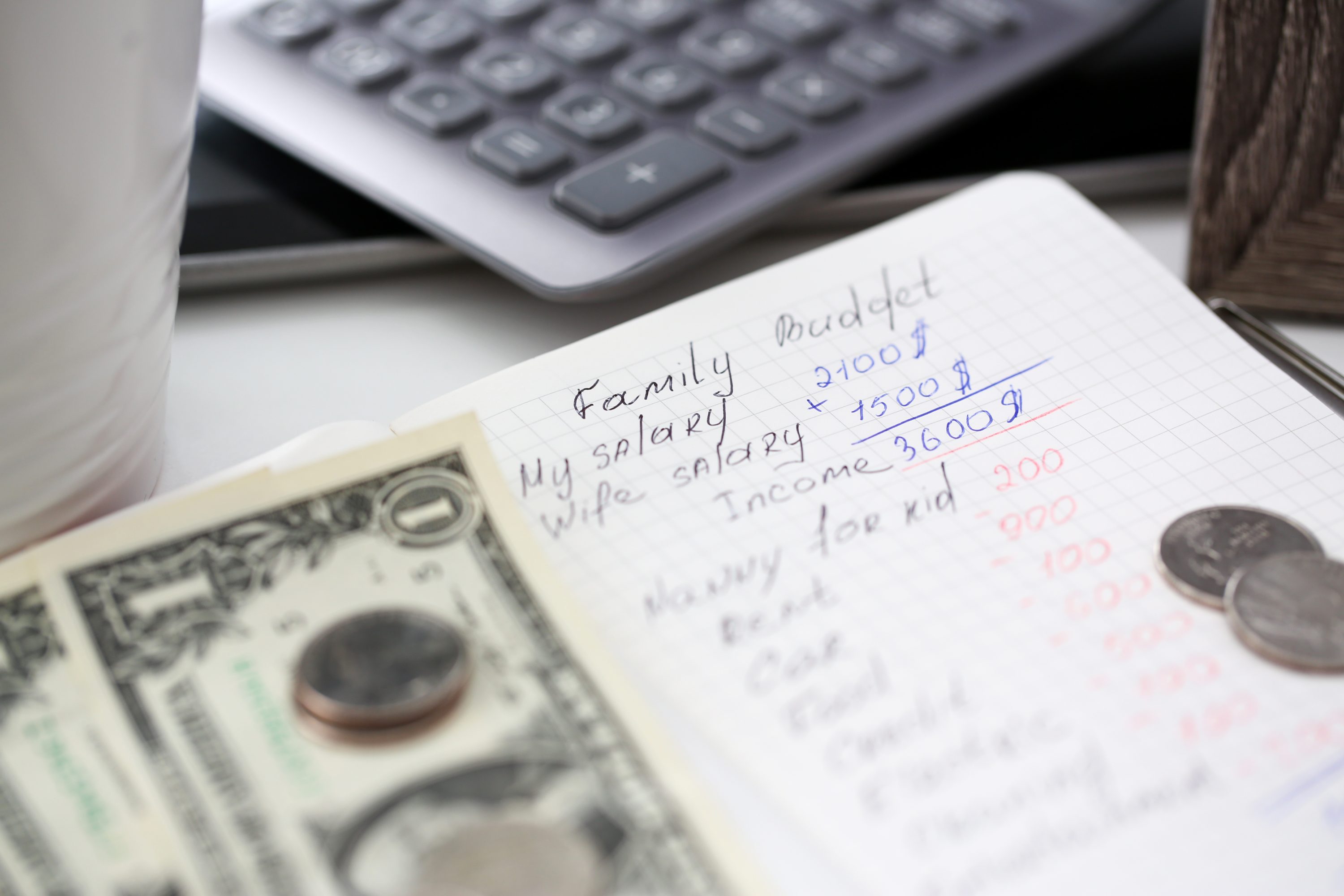Storm season is in full swing! Has your power gone out yet? It’s a great time to remind yourself of the potential dangers associated with electricity and be proactive about electrical safety in and around your home, workplace and community. People tend to take electricity for granted – our lights, appliances, technology and everything else we plug into a wall outlet should just work, right? – but it’s important to be mindful of safety to prevent electrical accidents, injuries and even fires.
Here’s an electrical safety checklist to help:
Check cords. When was the last time you checked the cords on your lamps, appliances and electronics? The obvious first step is to look for fraying or other damage. But also be mindful of how they’re placed. Are your cords snaking their way under a carpet or furniture? Make sure they have a clear run from the unit to the outlet. And about those outlets…
Check outlets. Overloading is a no-no. Make sure you’re not plugging too many electrical devices into one outlet. But, just as important, and maybe more so, is checking the outlets themselves. Are any loose? Do any of them have discoloration or burn marks? If you see this, call an electrician immediately. That’s a potential sign of electrical danger.
Be mindful of water. Remember to keep countertop appliances away from water sources like sinks and bathtubs. Check the outlets in your kitchen and bathroom to ensure they are Ground Fault Circuit Interrupter (GFCI) outlets, which cut power if there’s a ground fault.
Monitor extension cord use. If you have extension cords crisscrossing your rooms or using extension cords for appliances like window air conditioners that specifically advise against it, it’s time to rethink that.
Unplug appliances. We’re not talking about fridges and washing machines. But the toaster, the coffee grinder or your hairdryer – unplug those when not in use. Not only will it save money on your electricity bill (they draw electricity when plugged in), but it will add a layer of safety, too.
Consider a whole-home surge protector. With storm season in full swing, it’s time to think about protecting your appliances, technology and other devices with a whole-home surge protector. They work in much the same way as power strips (You have your computer plugged into one, right? If not, do it now.) but they protect the whole house and are built to withstand multiple power surges.
Get an electrical home inspection. Not only is this important for the safety of your home and everyone in it, but getting your home’s electrical system checked by a professional will also offer you peace of mind. They should thoroughly examine your entire electrical system to ensure that all electrical wires, systems and components meet legal safety standards. Upon completion of your electrical home inspection, ask for a detailed, prioritized checklist, including areas needing immediate attention, recommendations for improvements, and potential upgrade possibilities.
By: Brandpoint









